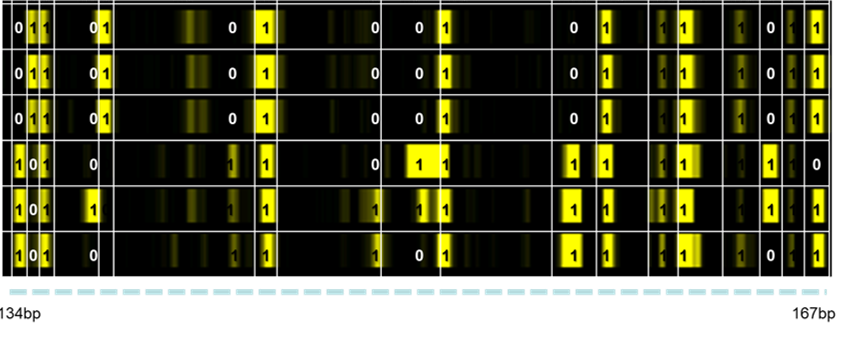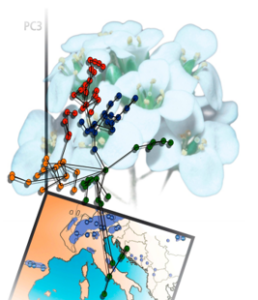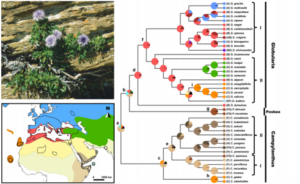Molecular Biodiversity and Evolution of Plants
Lecturers: Matthias Affenzeller, Hans Peter Comes, Andreas Tribsch
Methods of DNA sequence analysis are of outstanding importance today for the elucidation of phylogenetic relationships and evolutionary processes in both the plant and animal kingdoms. Using a selected group of plants (e.g. orchids, gentians, irises) from ongoing research work of the AG “Ecology, Biodiversity and Evolution of Plants”, basic theories and concepts of molecular systematics and phylogenetics are presented in the style of a project internship. In addition, DNA sequencing techniques and computer-aided analyzes for creating phylogenetic family trees are learned. The overarching goal of this course is the reconstruction of the evolution of the examined plant group, both with the help of the newly acquired data and on the basis of established knowledge of the systematics / taxonomy, geographical distribution and ecology of these plants.
Note, this course alternates annually with a comparable internship with focus on molecular phylogeography and ecology. This essentially population genetic course includes (i) sampling design strategies (including collecting plant individuals in the field); (ii) molecular genotyping at the individual / population level in the laboratory (e.g. DNA fingerprinting); (iii) computer-aided evaluation of the genotype data; and (iv) complementary analyses (e.g. climate-based species distribution modelling). The basics of population genetic theory and numerical-statistical analysis methods are also taught.
Together, the topics and methods presented in both sub-courses are of general importance for answering fundamental questions in evolutionary biology and its various sub-areas (e.g. taxonomy/systematics; population genetics, biogeography, biodiversity research; nature conservation genetics / biology).



References:
Pflugbeil G, Affenzeller M, Tribsch A, Comes HP. Primary hybrid zone formation in Tephroseris helenitis (Asteraceae), following postglacial range expansion along the central Northern Alps. Mol Ecol. 2021;30(7):1704-1720. doi:10.1111/mec.15832
Affenzeller, M, Kadereit, JW, Comes, HP. Parallel bursts of recent and rapid radiation in the Mediterranean and Eritreo‐Arabian biodiversity hotspots as revealed by Globularia and Campylanthus (Plantaginaceae). J Biogeogr. 2018; 45: 552– 566. https://doi.org/10.1111/jbi.13155
Kropf, M., Kadereit, J.W. and Comes, H.P. (2003), Differential cycles of range contraction and expansion in European high mountain plants during the Late Quaternary: insights from Pritzelago alpina (L.) O. Kuntze (Brassicaceae). Molecular Ecology, 12: 931-949. https://doi.org/10.1046/j.1365-294X.2003.01781.x




